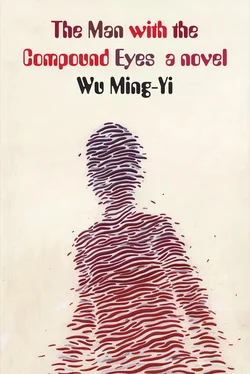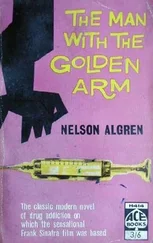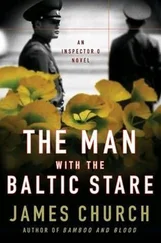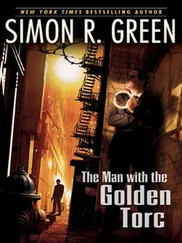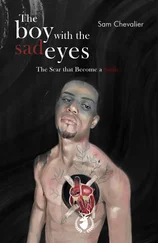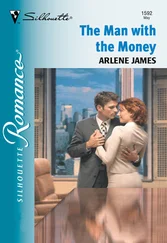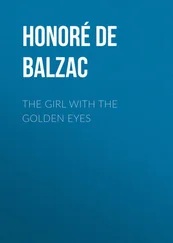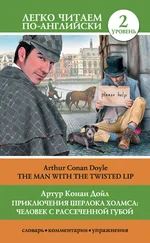The other men who live upon the earth … Everyone had probably forgotten him. But that couldn’t be the whole truth, for Atile’i was well aware that everyone on Wayo Wayo knew he had gone to sea. They were just intent on forgetting him, trying not to remember. The thought made Atile’i feel that death would be easier. It was like he had been imprisoned in a world so much larger than the only one he had ever known, like a terrible silent punishment had been imposed upon him. But why? Was this the will of the omnipotent Kabang, the fate of second sons?
The pain only eased when he discovered a kind of twig he could use to draw pictures in a “book.” Actually, he had found many such twigs. He used them to poke around on the island or in the tongue-and-groove work in his house, and was amazed that one of them left marks on certain things. Day after day, the greatest foe Atile’i faced was silence. There was nobody on the island to greet him, nobody to praise his swimming technique, nobody to wrestle, and nobody to compete in diving with. But at least with this kind of twig he could draw what he saw and thought.
Quietly combing the island for twigs, Atile’i found ones of different sizes and colors, though some stopped drawing as soon as you started using them. He also discovered that there were many materials you could draw on besides books, including his own skin. One day on a whim he started to draw the sights and sounds of the island on his calves, thighs, belly, chest, shoulders, neck and face, as far along his back as he could reach, and even on the soles of his feet. He layered drawing upon drawing like a palimpsest. When the drawings came off in the rain, Atile’i drew new ones.
This morning Atile’i was racing around the island. From a distance he did not look like Atile’i anymore. He looked more like some other kind of being, like a ghost perhaps, or maybe like a god.
Toto was born the third year after Alice and Thom met. Guess you could say he was an accident, or that it was fate. She and Thom had never thought of having a child. They did not think it possible, psychologically or physically, and a child was not a part of either’s life plan. Thom and Alice disagreed on a lot of things, but they both felt that bringing a child into this world was a kind of punishment, a form of suffering.
Preparations for Alice and Thom’s house had been finalized when they found out Toto was on the way, but it wasn’t too late to calculate his future into the design. Thom had drafted the plans himself. The exterior was based mainly on Erik Gunnar Asplund’s three-in-one Summer House, with some adaptations. Thom added a second story to the cabin on the right-hand side, and raised the ceilings in the two blocks in the main wing. The original Summer House was a cosy cottage lying low in the forest; Thom’s design looked rather different. The structure also had to be different, because Asplund, building on a fjord, hadn’t had to worry about the resolute tides and wayward winds of the western Pacific.
The summer they met, Alice and Thom went traveling together from Denmark to Sweden. The third day in Stockholm, they made a special trip to see the City Library, another of Asplund’s creations. As soon as she walked in the library Alice gasped with surprise. It seemed as if the shelves had been arranged to the lovely rhythm of Claude Debussy’s Quartet for Winds, level upon level, floor upon floor, as if they led all the way up to heaven. This was the most beautiful “book repository” Alice had ever seen.
Haven County had beautiful scenery, but except for some heritage sites the cultural landscape was horrendous. The new train station was ghastly, the library nearby even more so. Alice remembered the Taipei municipal government had built a nice library in Pei-tou, but that was just a container without too much in the way of content. Asplund, by contrast, had grasped the true meaning of a library. Though the circular wall of books seemed to weigh down on you like history, it was not overbearing or oppressive. With the little open windows around the rotunda above letting in rays of sunlight, Alice had the sense she was participating in some sort of religious rite as she stood on tiptoe to reach up for a book on the top shelf. Her hands trembling, Alice felt like a handmaiden of light and like the lady of the books.
Alice especially liked the Story Room. It seemed to have the power to turn back time. It was on the ground floor, in a children’s corner inside the library. When you walked in, it was like a fairy kingdom in a mountain cave. There were murals of scenes from Swedish folktales on the walls, with the reader’s chair (which seemed to give whoever sat in it the ability to tell magical stories) in the center of the room. Children were sitting on the crescent benches on either side of the chair, or right on the floor in front. Warm light shone on the murals, making it seem as if the slightest breeze would start the elves talking. The children’s eyes were gleaming as they listened to the story. For the first time in her life, Alice thought that maybe it wouldn’t be so bad if she had a child of her own.
“Only in places like this have spirits ever appeared,” Alice said.
Realizing Alice was under Asplund’s spell, Thom had an idea. “Any plans for tomorrow? Want to visit another building by the same architect? It’s a private residence, though, not a public building.”
“We had plans, but they just changed.”
The next day they set off from the campground, rode the bus for almost two hours, and walked for over ten minutes from the bus stop until they reached a path through the woods. It was summer. The sunlight sprinkled down through the leaves, dappling the path, like a sign. The ambience made Alice feel so much younger, especially with Thom there. She felt like a maiden who could weave a new life for herself with thread spun from her lover’s smile.
At the end of the forest was a trail winding leisurely up a hill. It was quite a long hike, but the view was so beautiful that one did not feel the least bit tired. At the top a meadow opened up: to the left, obdurate, unyielding, a crag; to the right, a famous fjord; and straight ahead the Summer House. Though the owner was not in, they could still look on politely from afar. But Alice would often remember that moment in later years. It was as if she had witnessed something, not just a house but daily life itself.
“Will I ever live in a house like that?” Alice asked, a bit slyly and flirtatiously.
“Of course,” replied Thom, matter-of-factly. For a moment Alice did not quite feel like herself; usually she would never speak in such a way to such a visibly younger man.
And now the only consolation Alice had was this house in the sea. She remembered how they met. In retrospect, it was her romantic nature making mischief. That summer, after finally completing her infinitely tedious Ph.D. in literature and sending off an application for a job she thought she had no hope of getting, she packed a tent, a camera and a laptop and took a trip to Europe. Alice actually intended to write a book about her travels, Tales of a Lady Wayfarer perhaps, and launch her literary career. Maybe it would be a best-seller and she would not have to enter the academy.
Her first stop after landing in Copenhagen was the Charlottenlund Fort Campground on the outskirts of town. The campground really gave you a sense of history. There was a big old cannon covered in waterproof camouflage tarpaulins. There was even a stable. Alice had planned to make this her base for a weeklong visit in Copenhagen. One evening she missed the last bus and had to walk all the way back through the sparsely populated suburbs. Alice felt a bit fazed. Worse, she took a wrong turn, and had to walk across a forest park to get back to the campground. Much bigger than a typical “park,” it was more like the Black Forest (it actually was a black forest). The trees might be centuries old or even a millennium or more, and there were fallen logs blocking the path, which was none too visible in the first place. The forest park was a different world in the evening. There were no dog-walkers or joggers anymore. The only thing she could hear was the hooting of the owls. Just as she was starting to get really anxious, there was a pale beam of light in the distance, and a crackling sound.
Читать дальше
